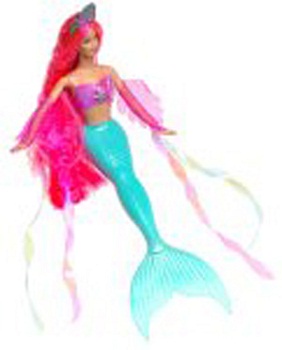
The (in)famous, hegemonic, and always-talked-about cultural icon for girls and women
|
I have fond memories of playing with my Barbie dolls as a child. I remember the over-the-door shoe holder that had twenty-four pockets packed with Barbie-dolls and her many accessories. I recall playing in the tub with my Mermaid Barbie, and coming home from gymnastics class and acting out what I watched older girls do with my Gymnast Barbie. I also recollect the Christmas that I got my first Ken doll; finally, I could play house with Barbie and Ken like I did at my friends' homes! Another, less sweet, memory of Barbie I have was when I tried to demolish my doll with fireworks that my older (male) cousin provided me with. That was the summer I decided I was too old for Barbie, and my collection was sold at my parent's garage sale. It is typical that women my age, older, and younger would have memories of Barbie linked with their childhood and adolescence. Whether they be fond recollections like those I have of my Mermaid and Gymnast Barbies, or ones in which they were rebelling against Barbie, like my (semi-successful) attempt to destroy her with Black Cat fireworks, Barbie lives on in toy stores as well as the memories of her old friends and enemies. 

In a society permeated with gender binaries, heteronormativity, racism and classism, it is no surprise that a white, wealthy, heterosexual doll who possesses feminine "beauty" would do well in the market. During her 52 years on the market, Barbie has been given a persona that includes career woman, fashonista, feminist/anti-feminist, Ken's soul mate, and much more. The more dimensions Mattel can add to Barbie, the better for sales, as they have proven over the years, and this ever-evolving persona that has been disseminated to consumers through products, media and advertising no longer tell us to buy Barbie, but to buy into Barbie. She is offered as a role model and idol, rather than a toy, and the debate about whether Barbie should be idolized or criticized is a discourse that surrounds the Mattel doll's facade of perfection.
This site was created by Katy Sternenberg. Contact Me Last Updated 5/1/11. |
